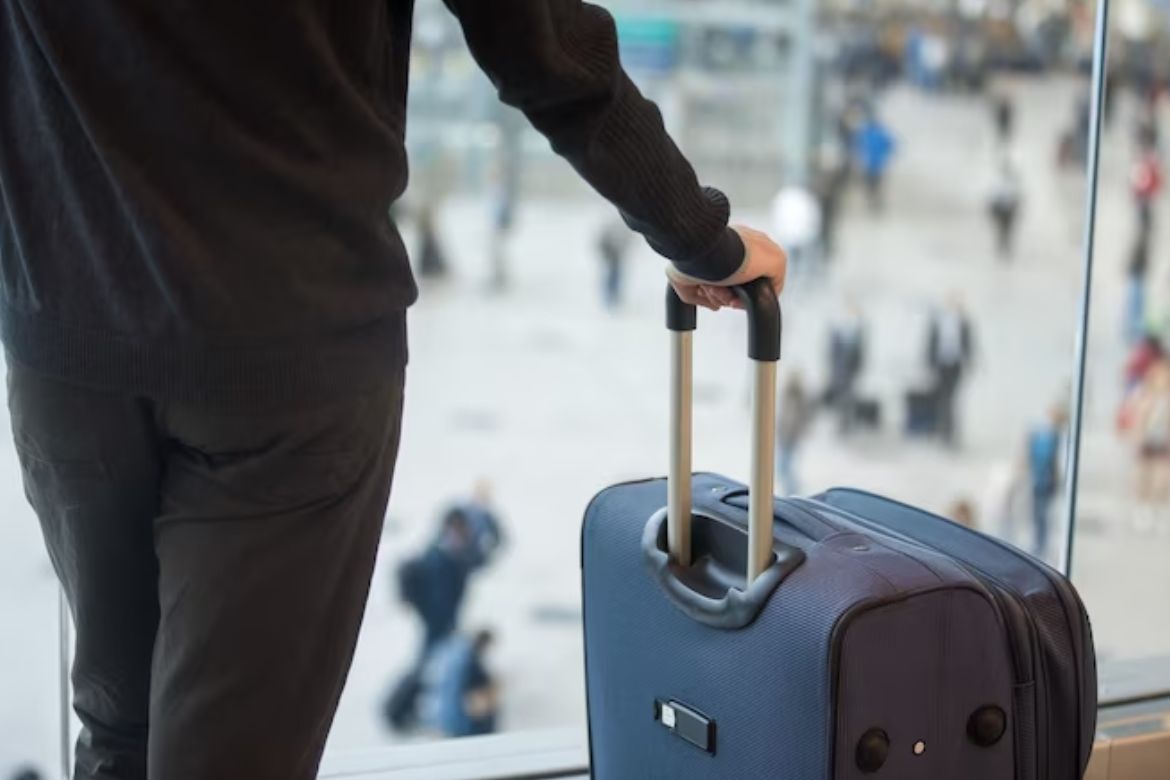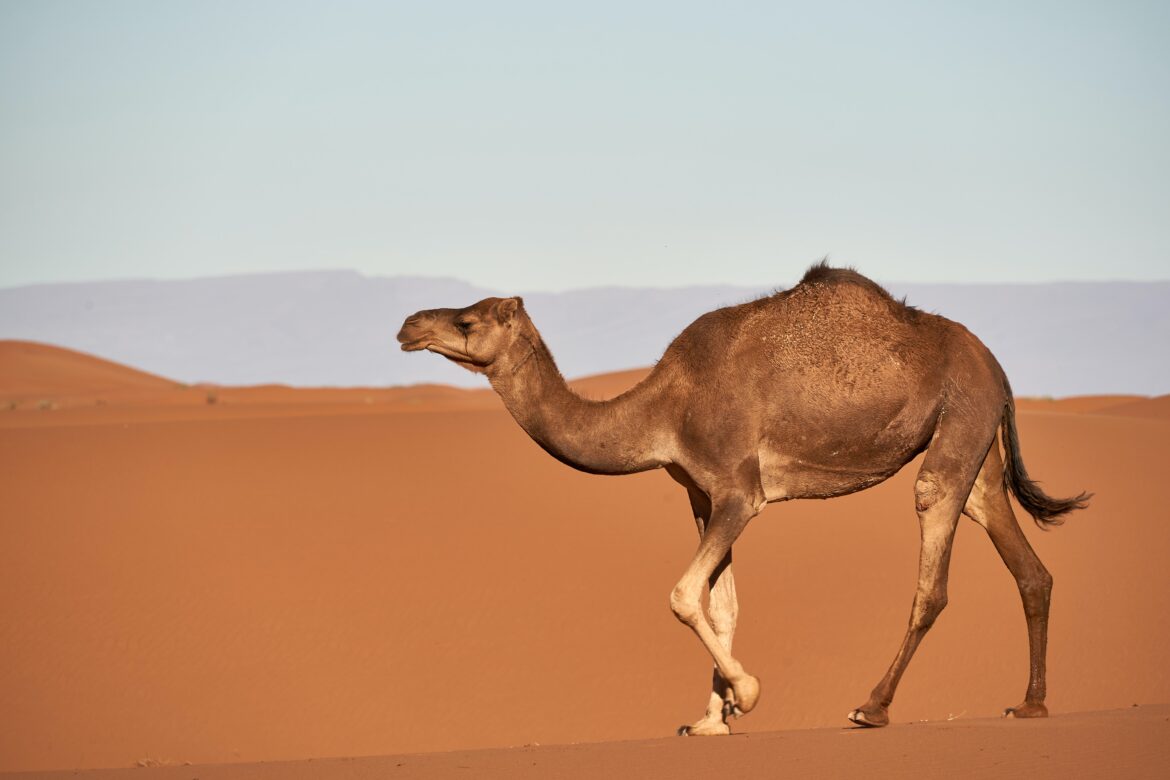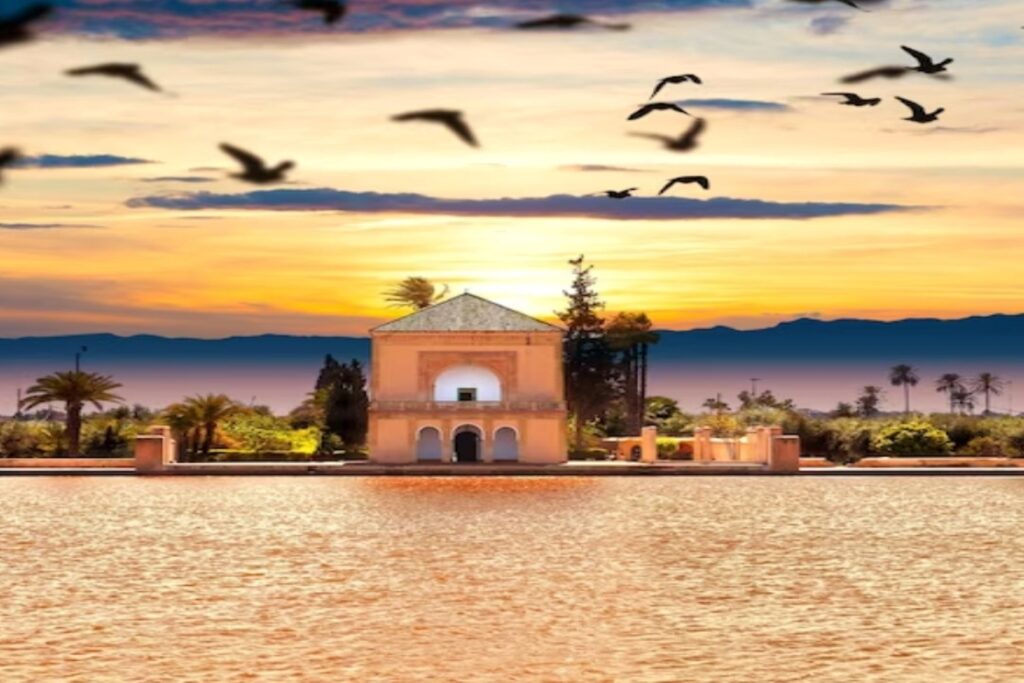Marrakech Airport can be a busy and overwhelming place, especially for first-time visitors. Here are some tips to help you navigate the airport:
- Plan ahead: Before you arrive at the airport, make sure you have all the necessary documents and information you need for your trip. This includes your passport, boarding pass, and any visa or entry requirements for your destination.
- Use the airport’s resources: Marrakech Airport has a range of resources to help travelers navigate the airport, including information desks, maps, and signage in multiple languages. Be sure to take advantage of these resources if you need help finding your way.
- Check your gate and departure time: Make sure you know which gate your flight departs from and what time you need to be there. You can check this information on the airport’s website or mobile app, or by asking airport staff.
- Be prepared for security screening: Marrakech Airport has strict security screening procedures, so be prepared to remove your shoes, belt, and any metal objects before passing through the metal detector. You’ll also need to put your liquids and electronics in a separate bin for screening.
- Allow plenty of time: Marrakech Airport can be busy, especially during peak travel times, so make sure you allow plenty of time to check in, go through security, and get to your gate. It’s always better to arrive early than to risk missing your flight.









